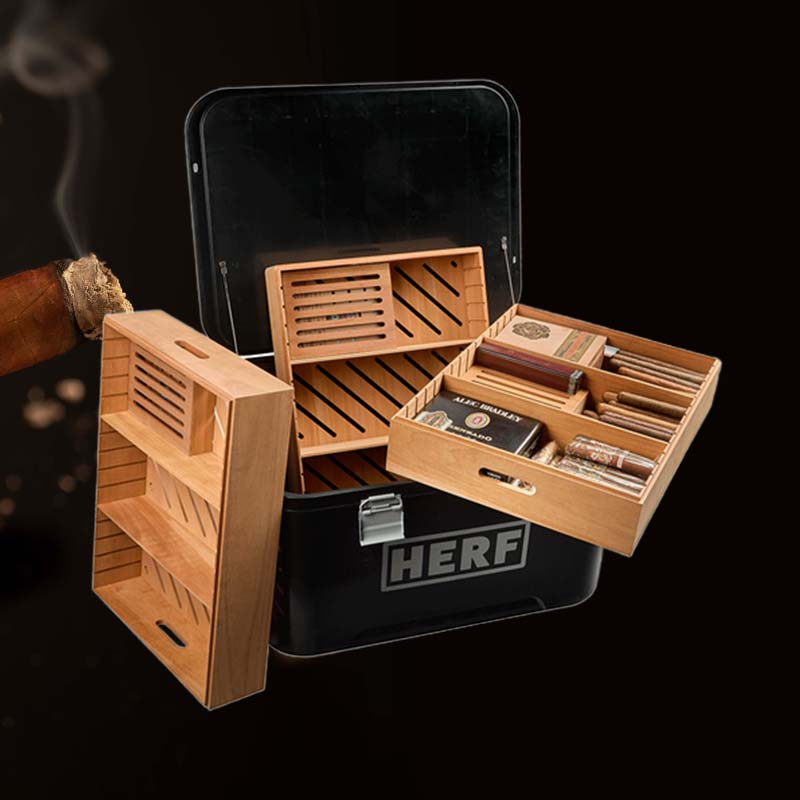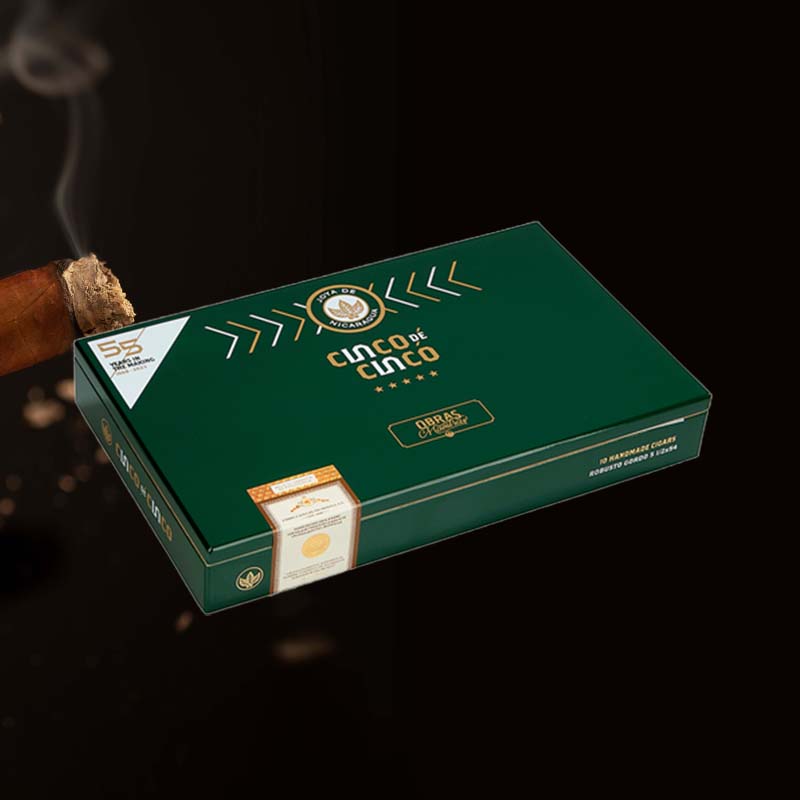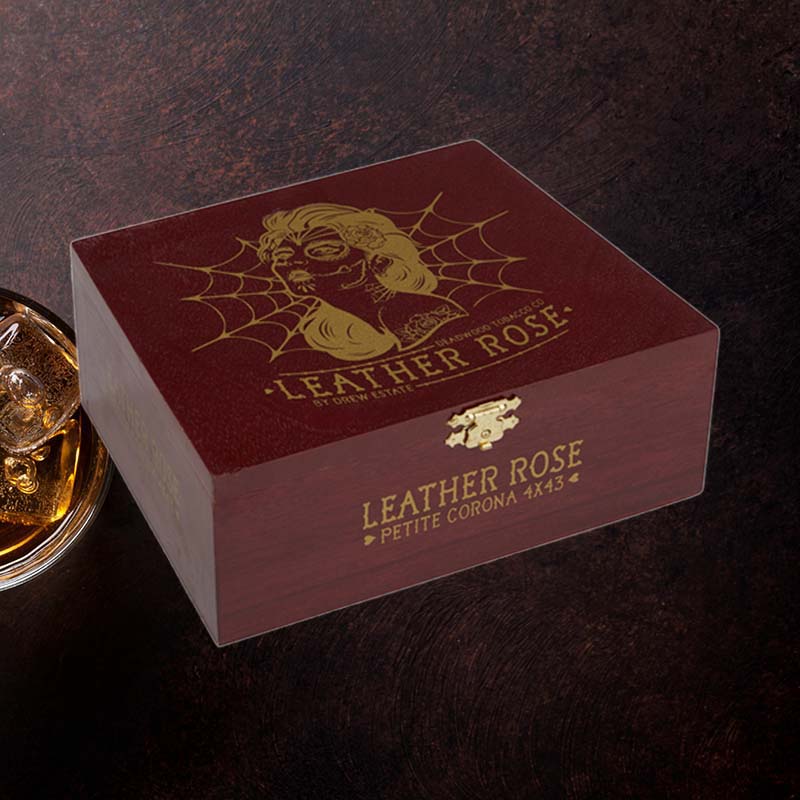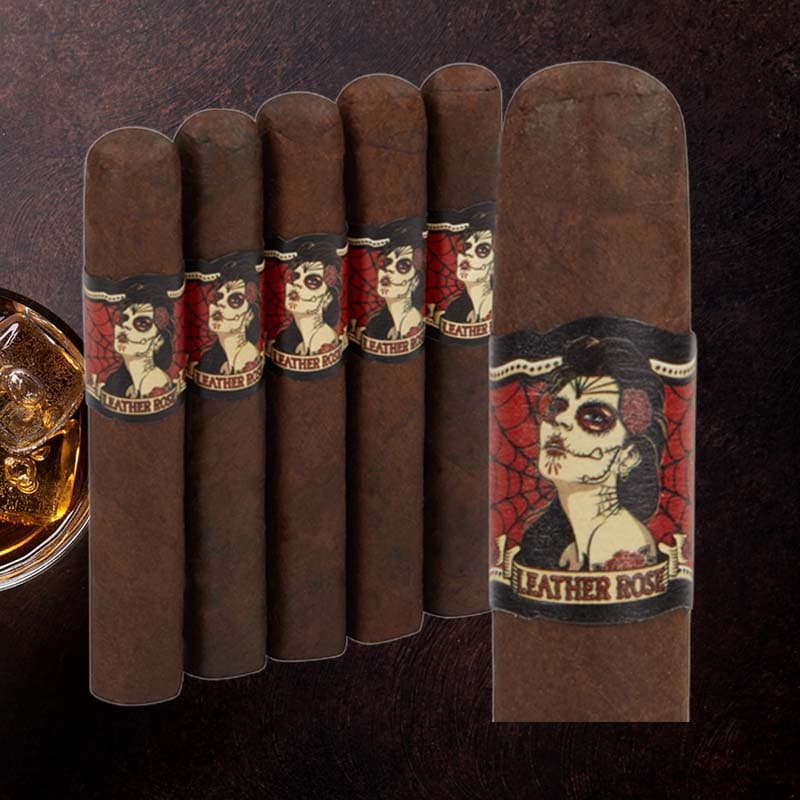How to put lighter fluid in a torch lighter
How to Put Lighter Fluid in a Torch Lighter
Every time I reach for my torch lighter, there’s a sense of satisfaction. Whether it’s lighting up a cigar after a long day or igniting a grill for a gathering with friends, the strong flame is more than just a tool—it’s part of the experience. However, the joy can quickly fade if the lighter runs out of fuel. Today, I want to share with you how to refill your torch lighter efficiently, ensuring that it burns bright when you need it most.
Essential Tools You Will Need

List of Tools for Refilling
- Quality butane lighter fluid
- Small flathead screwdriver (if adjustment is needed)
- Paper towel (for any spills)
- Safety gloves (for protection)
- Well-ventilated workspace
Preparation Steps

1. Prepare Your Work Area
I always make sure to find a clean, flat surface to work on. Having a dedicated space ensures that I won’t accidentally spill lighter fluid on anything important. I recommend laying down some old newspaper or a paper towel to catch any drips.
2. Allow the Lighter to Cool
Before refilling, I allow my lighter to cool down completely, especially if I just used it. This prevents any accidents from hot metal during the refueling process.
How to Refine Your Lighter

3. Adjust the Flame Setting
Turning the flame height adjustment to its lowest setting ensures safety while refilling. It’s a straightforward process: I simply find the adjustment dial and turn it away from “+” until it’s at its minimum.
4. Bleed the Lighter
To bleed the lighter, I use a small flathead screwdriver to press the bleed valve gently. This releases any trapped gas, which allows for a proper refill. A little hissing sound is usually a good sign that the lighter is ready for a fresh fill.
Refilling Process
5. Inject the Lighter Fluid
Now, it’s the moment of truth. I take my butane lighter fluid canister, hold it upside down, and insert the nozzle into the refill valve. A firm push causes the fluid to flow in. I keep an eye on the lighter to avoid overfilling.
6. Rest the Lighter After Refilling
Once the fluid is injected, I set the lighter aside for a few minutes. This time allows the fluid to settle and ensures optimal performance when I light it up again.
Post-Refill Adjustments

7. Adjust the Flame Height
After resting the lighter, I gradually increase the flame height to my preferred setting. This can be done easily with the adjustment dial, just like sailing on calm waters; I adjust slowly to find the right balance.
8. Test the Lighter Functionality
I can’t wait to test it out! With a flick of the ignition, I ignite the lighter and marvel at its sharp flame. This testing moment is a blend of excitement and anticipation; I know I’ve successfully refilled my torch lighter.
Troubleshooting Common Issues
What to Do If the Lighter Doesn’t Work
If the lighter refuses to ignite, I double-check that I’ve properly bled the valve and that the flame setting is correct. Sometimes a simple adjustment or a few extra moments of pressing the ignition button can resolve the issue.
Common Mistakes to Avoid
I’ve found that the most common mistake is overfilling the lighter, which can lead to leaks. It’s also essential to refrain from using other types of fuel; sticking to butane is key for torch lighters.
Safety Considerations When Using Lighter Fluid

Precautions to Take
Staying safe is my top priority. When handling lighter fluid, I ensure I’m in a well-ventilated area and away from any open flames. Wearing gloves also helps avoid skin contact with the fluid.
Handling Lighter Fluid Safely
I always keep the lighter fluid canister upright to prevent spills. After refilling, I cap the canister securely and store it away from direct sunlight and heat sources.
Tips for Maintaining Your Torch Lighter

Regular Maintenance Tips
To keep my torch lighter in peak condition, I regularly check the flame adjustment settings and clean the nozzle. A quick wipe with a cloth helps remove any debris that may build up over time.
How to Store Your Torch Lighter
I store my torch lighter in a cool, dry place, ideally upstanding to avoid damaging the gas chamber. It allows me to grab it quickly when I need it.
Frequently Asked Questions

Common Questions About Refilling Lighters
When it comes to common questions, I often hear: It’s essential to exclusively use butane fluid designed for lighters, avoid overfilling, and ensure the lighter is cool before beginning the process.
Additional Resources
Videos on Refilling Torch Lighters
If you prefer visual guides, I recommend searching for practical ‘how-to’ videos on YouTube, which provide excellent step-by-step visuals for refilling torch lighters.
Related Articles and Guides
Exploring articles about lighter maintenance, fuel types, and even the history of lighters can deepen your understanding and appreciation for these handy tools.
FAQ

How do you put lighter fluid in a metal lighter?
For metal lighters, you hold the fuel canister upside down, insert it into the refill valve, and press down firmly to inject the fluid. Make sure to let it settle afterward.
How to refill a butane kitchen torch?

Refilling a kitchen torch involves the same steps: ensuring it’s cool, bleeding any gas, and injecting butane into the refill port, similar to a torch lighter.
How to refill an honest torch lighter?

The process for an honest torch lighter is consistent: cool it down, bleed excess gas, and use high-quality butane fluid for a reliable refill.
How to refill a candle lighter with lighter fluid?

For candle lighters, you simply follow the same procedure as other lighters: allowing it to cool, using the proper fluid, and ensuring a secure seal after refilling.





